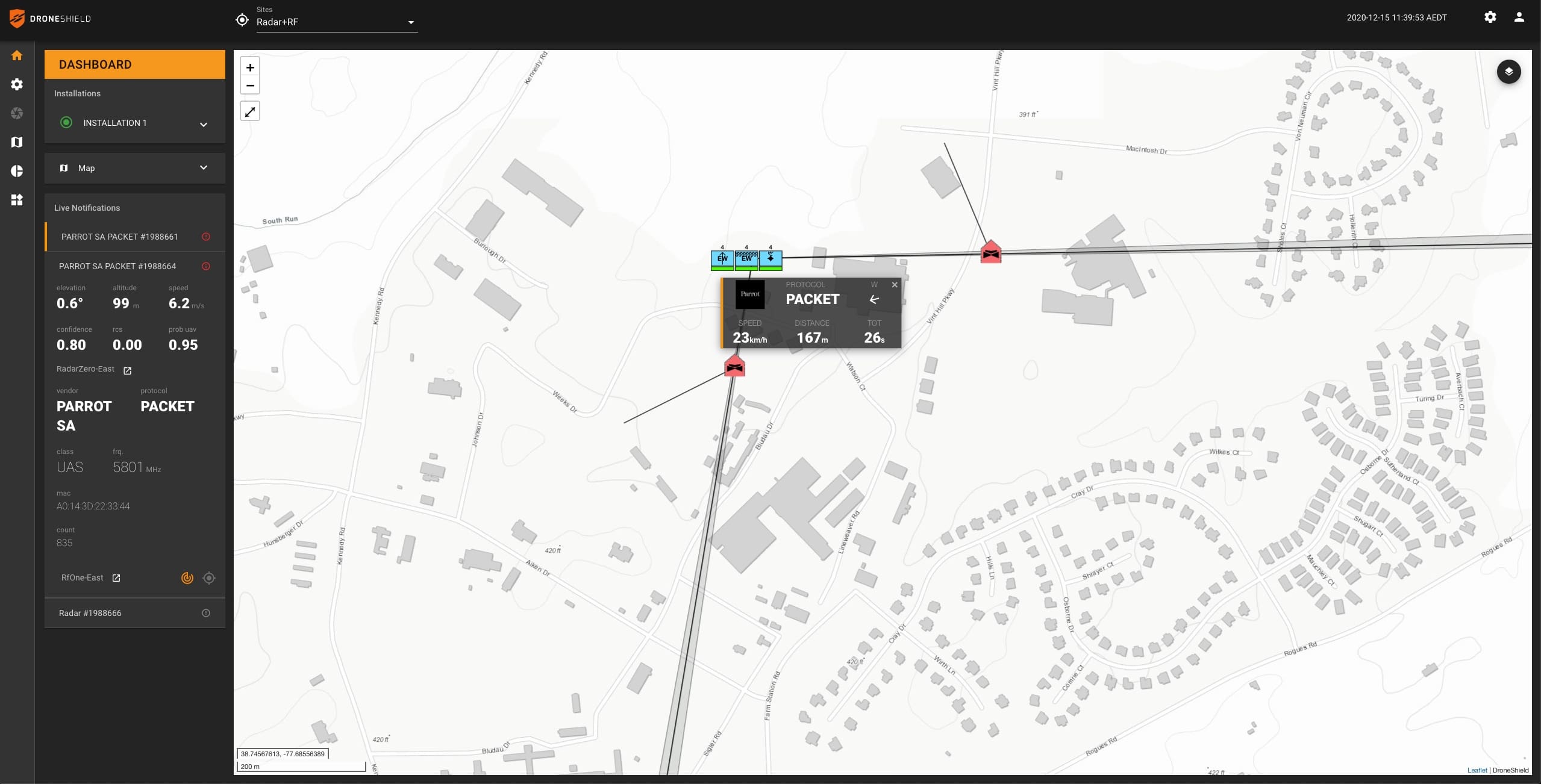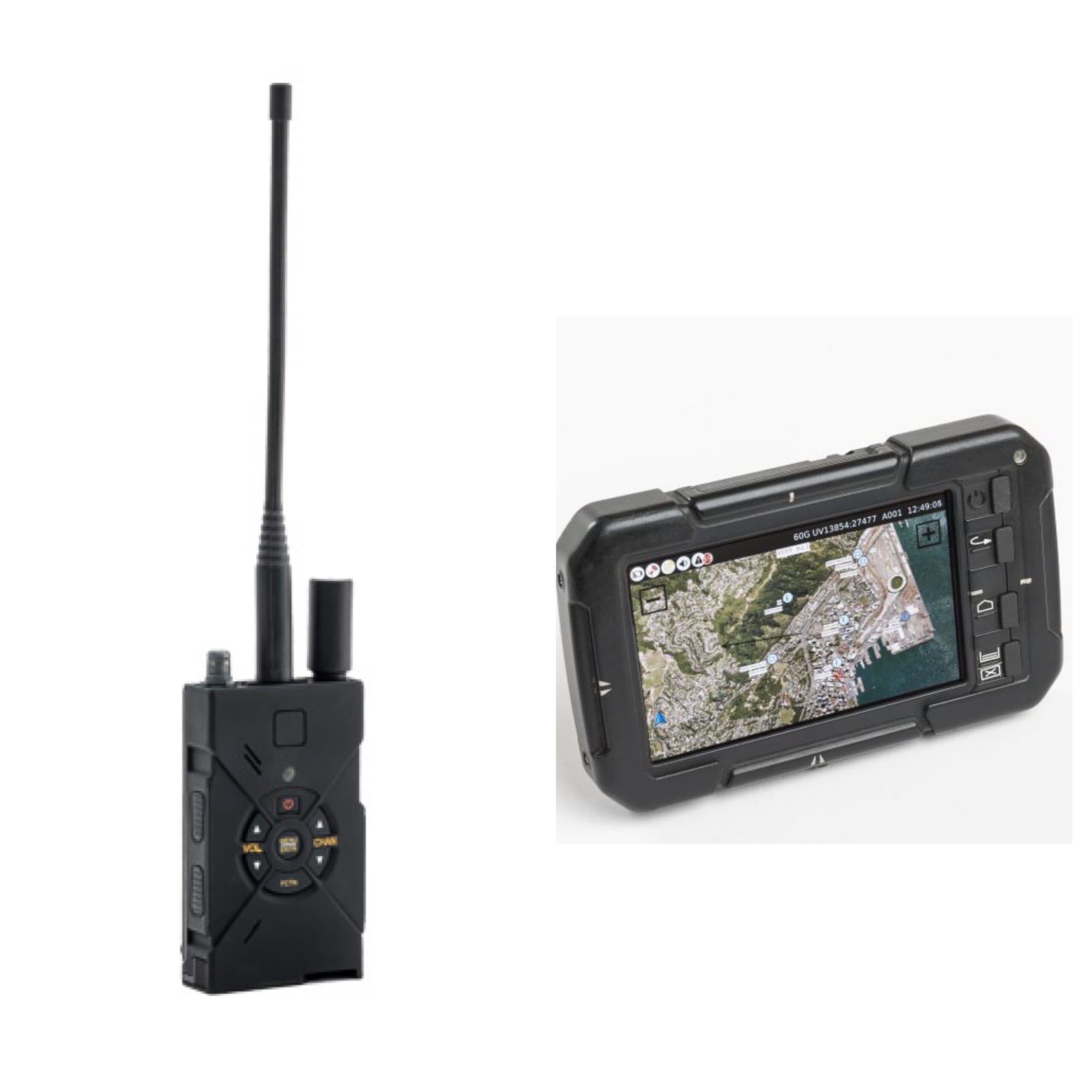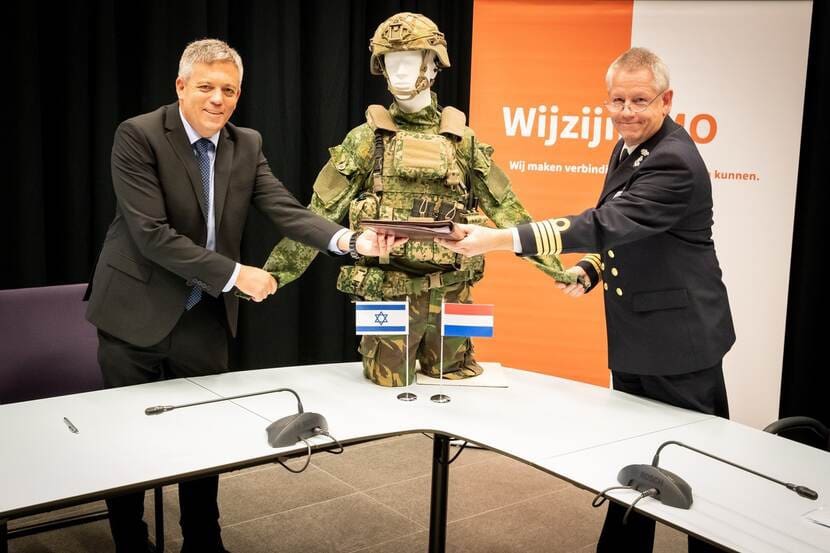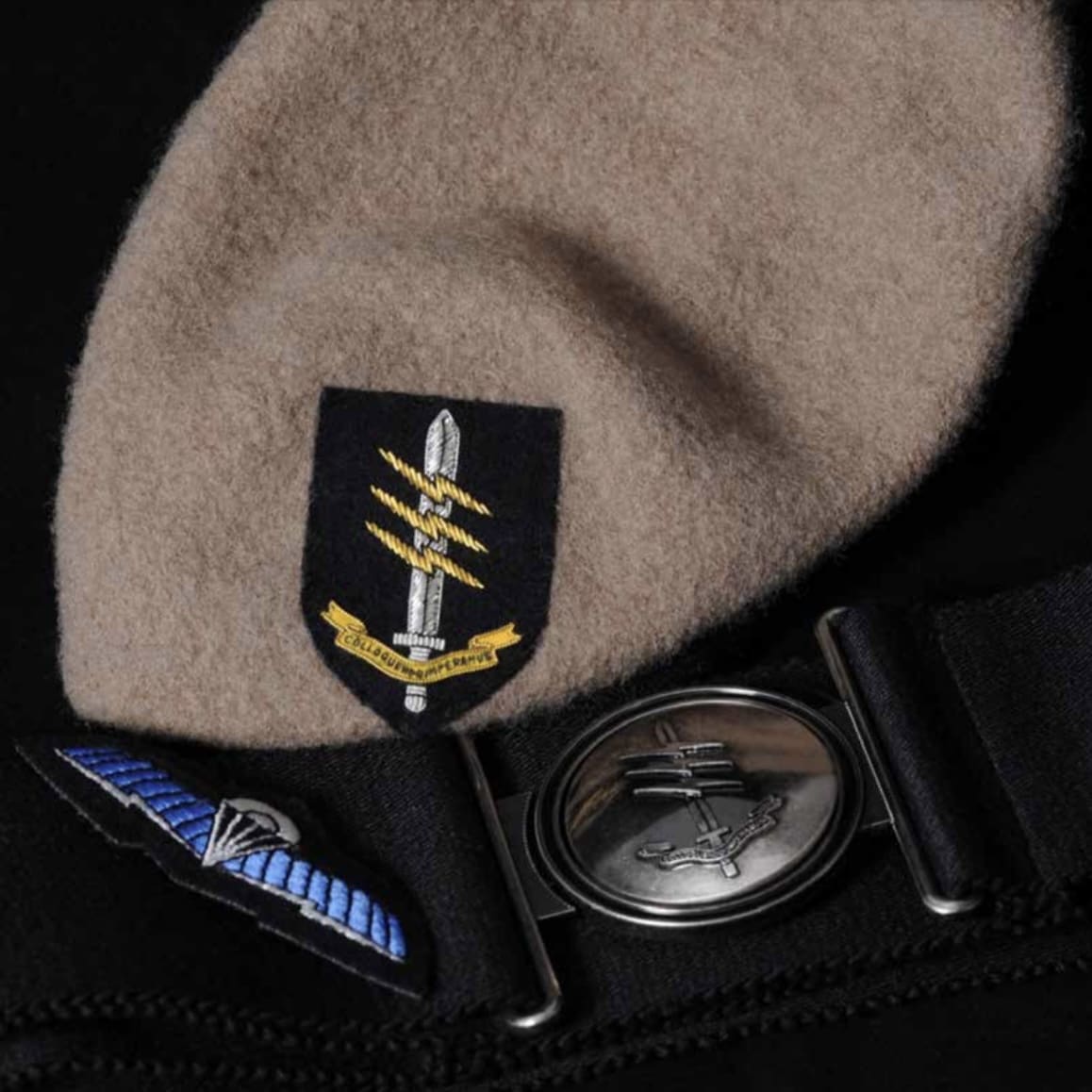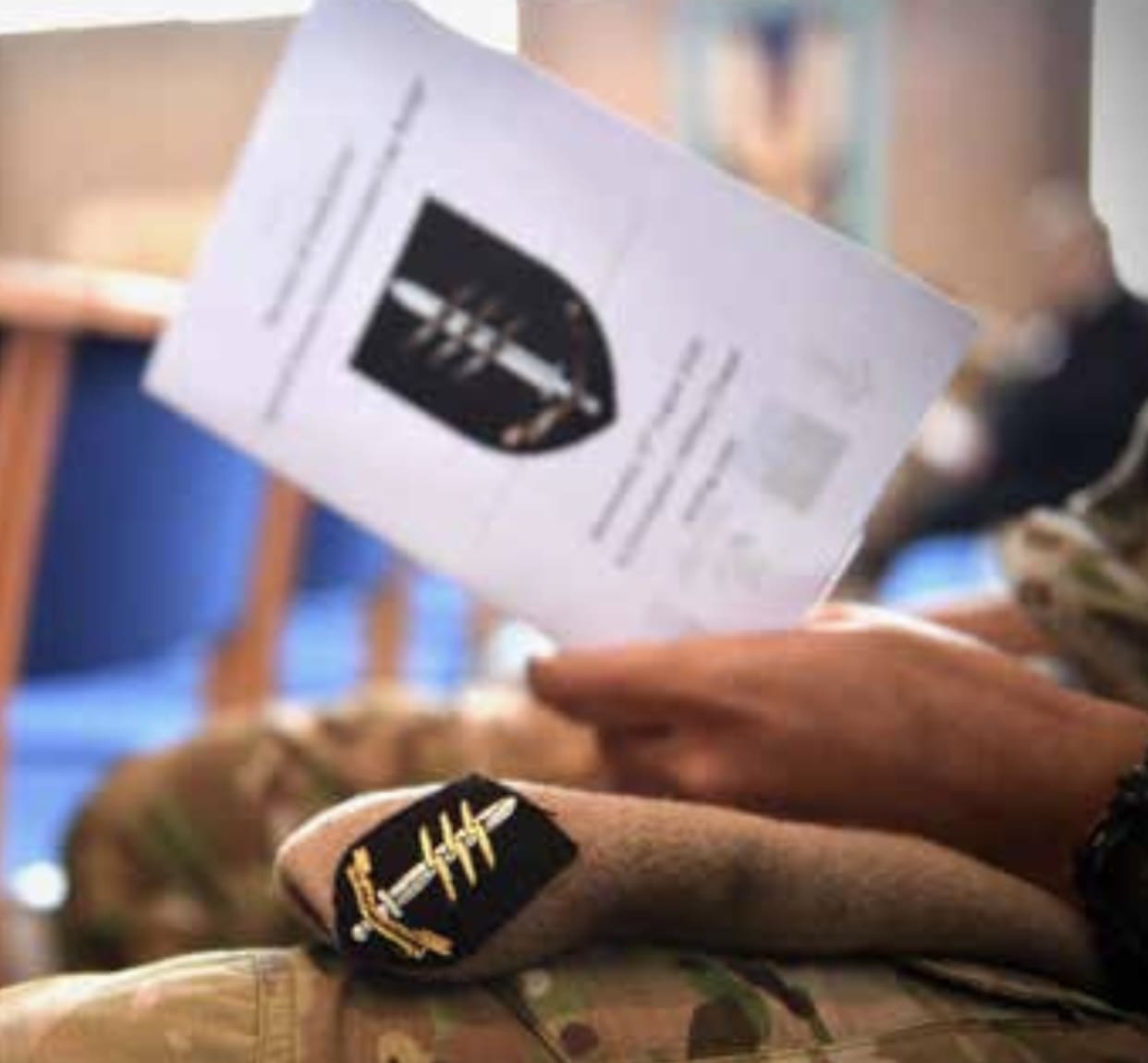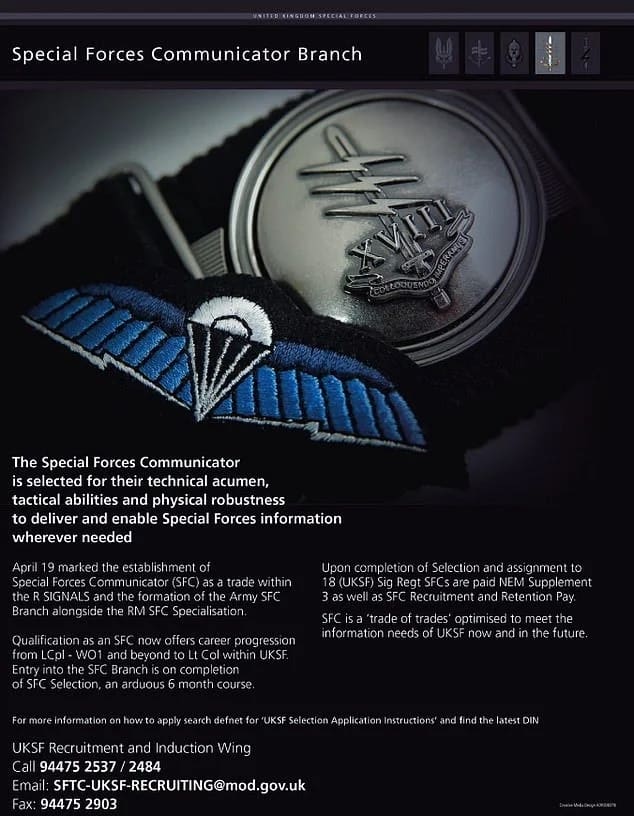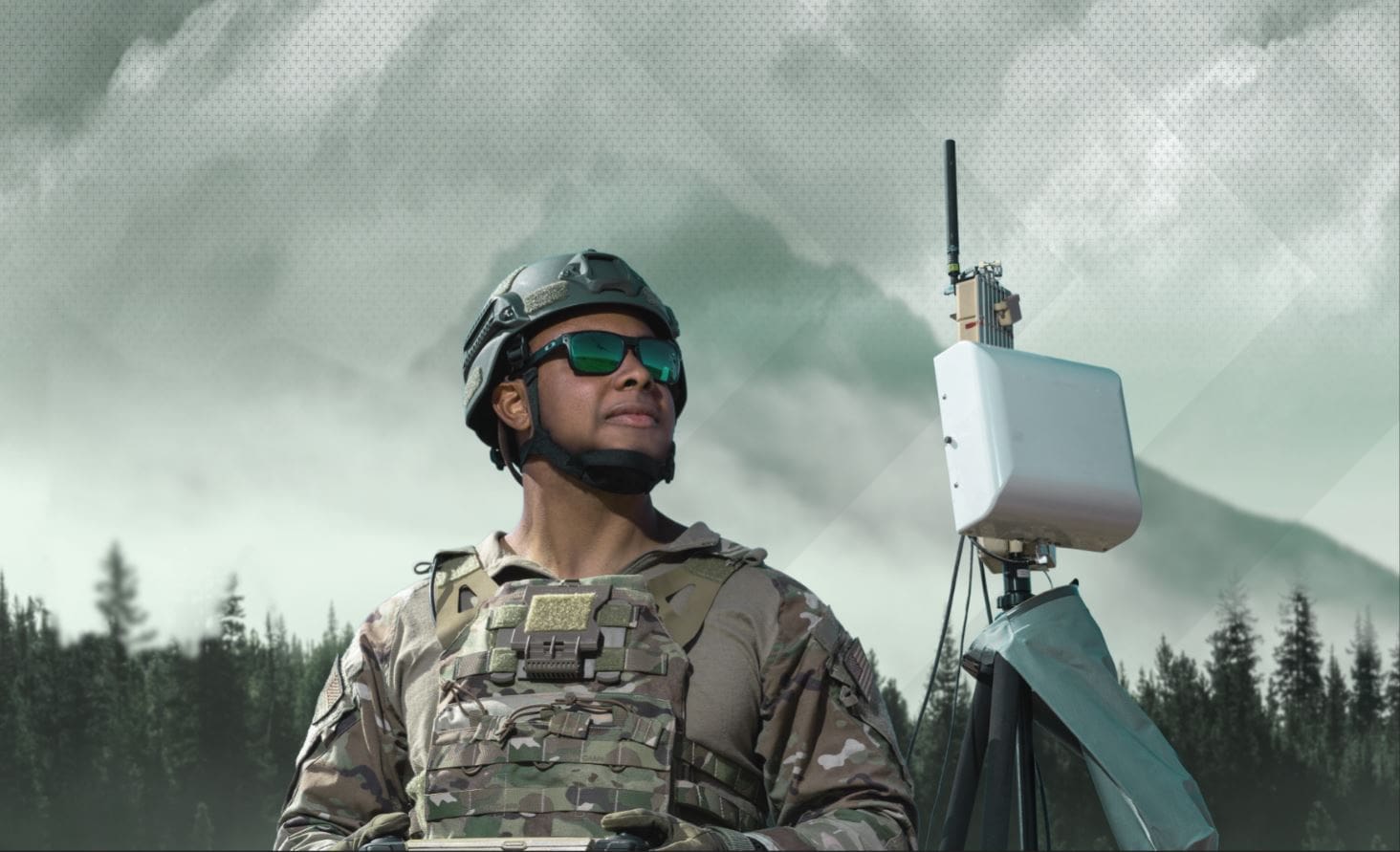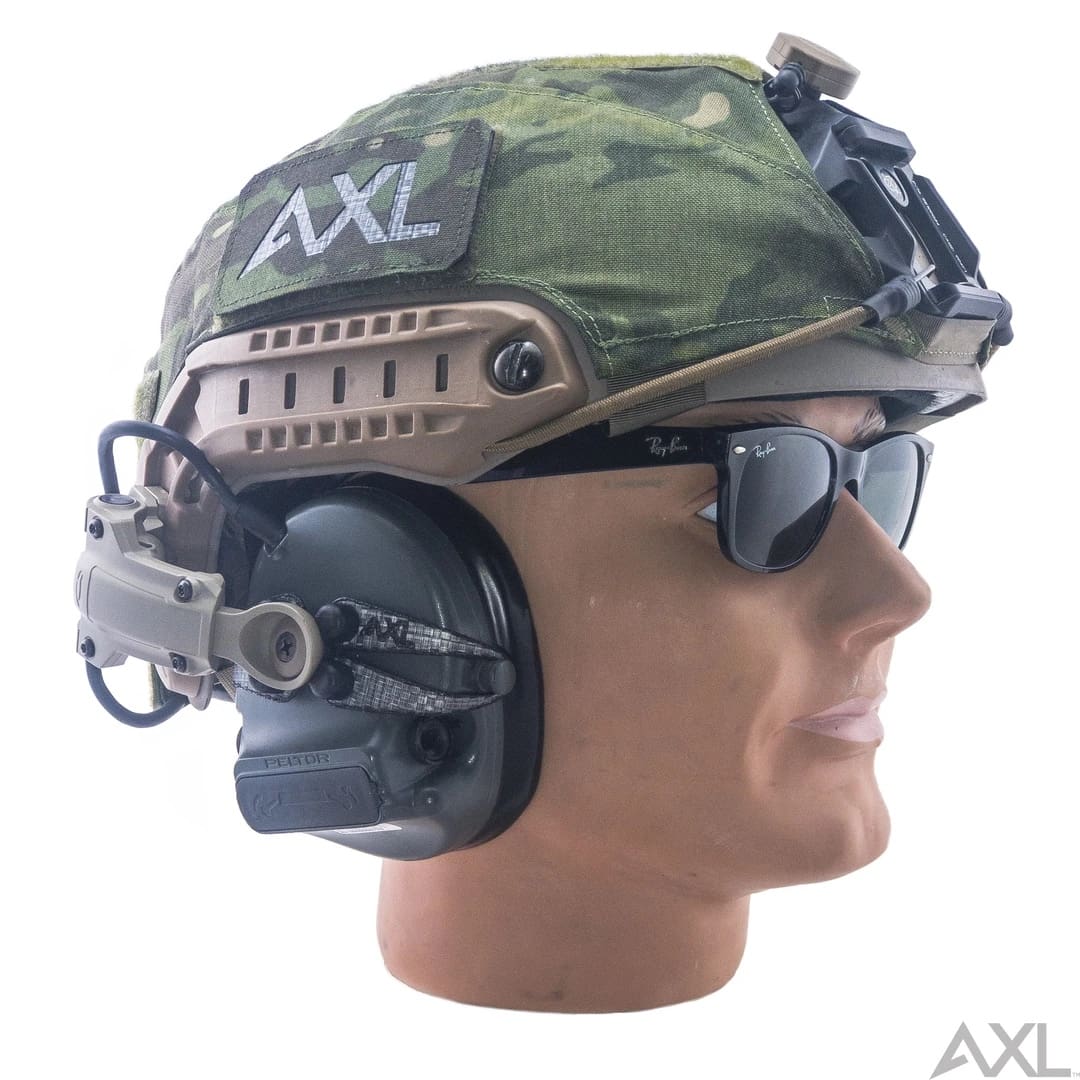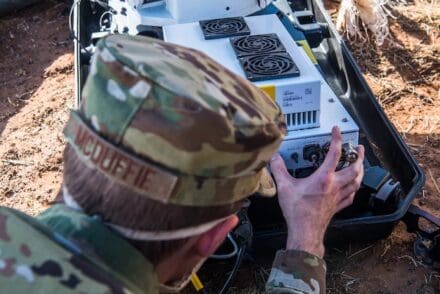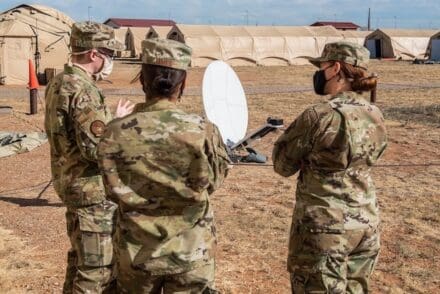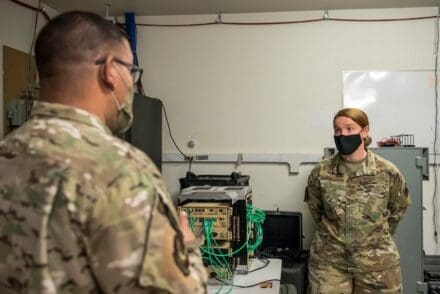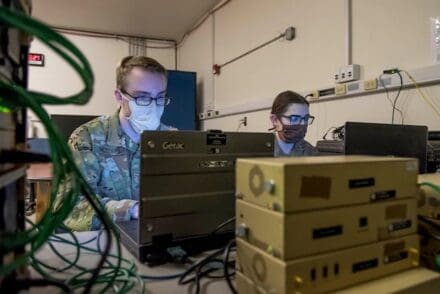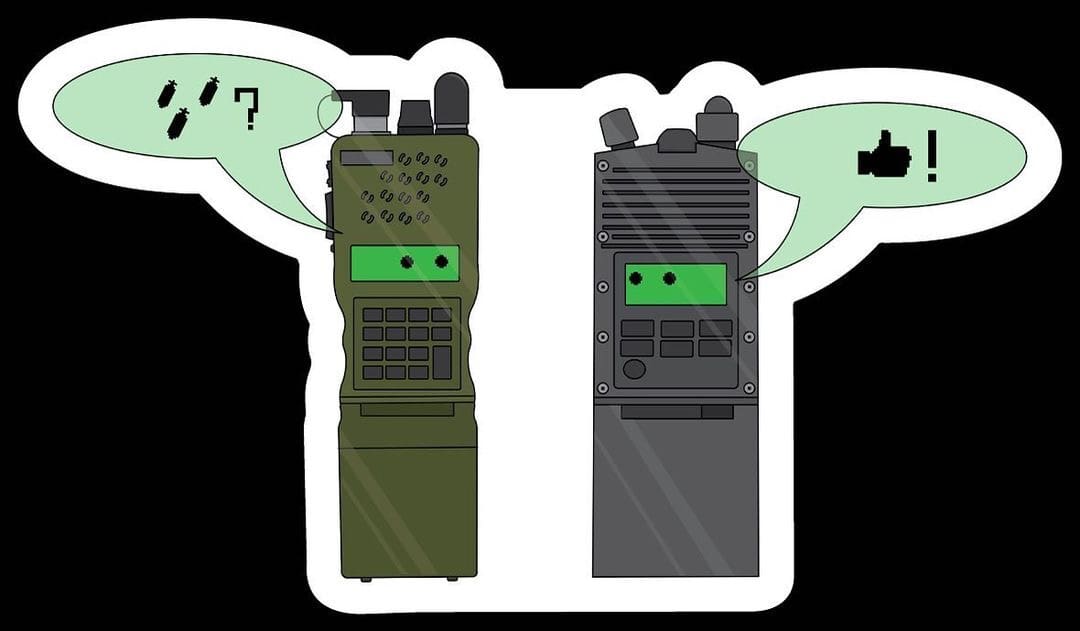INVISIO has signed an agreement to acquire all the shares in Racal Acoustics, a UK-based supplier of communication and hearing protection systems for high noise environments, with annual sales of approximately SEK 130 million.
Racal Acoustics Ltd, a subsidiary of TransDigm Group Inc. prior to INVISIO’s acquisition, is a world-leading brand with a history of more than 100 years in the design, development and manufacture of communication and hearing protection systems, focused on audio ancillary equipment for the military, first responder and aviation sectors. The London-based business has 55 highly skilled employees and a global footprint.
The acquisition is aligned with INVISIO’s growth strategy and the ambition to further strengthen its global market-leading position within communication and hearing protection systems.
The acquisition means that INVISIO will broaden its offer with a complementary new product category, consisting of advanced and rugged hearing protection and communications headsets for environments with constant high noise, often found in larger military vehicles and around aircraft.
The acquisition will provide INVISIO with access to customers and prospects in the attractive market niche for communication and hearing protection in vehicles, which is a highly relevant area for the new INVISIO Intercom System.
The purchase price to be paid by INVISIO is approximately SEK 170 million and is expected to be cash and debt-financed. Racal Acoustics has recently completed a successful restructuring. The acquisition is expected to contribute to INVISIO’s revenue for 2021 with more than SEK 130 million and with a positive result. No material integration costs are anticipated.
Under the terms of the acquisition, INVISIO will also acquire Racal Acoustics Inc, a US based sales company through which Racal Acoustics markets and sells its products to the US market. The acquisition, which is expected to close during the first quarter of 2021, is subject to regulatory approvals and customary closing conditions.
“We are very excited to welcome Racal Acoustics into the INVISIO-family. The deal is a perfect fit as the two companies are largely complementary. Over many years Racal Acoustics has built a strong position for communication and hearing protection in high noise environments such as military vehicles, while INVISIO has built a strong position for users in the field. Our combined product offerings and market footprints will strengthen our world leading position as the communication and hearing protection expert for users within military, first responder and aviation markets, whether in the field or in a vehicle,” says Lars Højgård Hansen, CEO of INVISIO.
“Joining INVISIO is the perfect next step to fully explore the potential in Racal Acoustics. As the companies to a large extent share the same business-DNA but target different market segments and sales channels, we have all the elements for a strong growth story and future together,” says James Ewing, Managing Director at Racal Acoustics.


